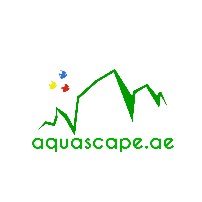The Cabomba aquatica is a gorgeous fine-leafed stem plant from tropical South America. This aquatic plant comes from sunny, fast flowing to calm, acid, very soft waters. There are different forms of this species, e.g. the reddish “Cabomba schwartzii”, however the customary form has light green leaves. The stems of Cabomba aquatica may get more than one meter long and have pairs of up to 9 cm wide, fan-shaped submerged leaves with fine segments. When the shoots reach the water surface, shield-shaped floating leaves and yellow flowers may appear.
In contrast to the winter-hardy Carolina fanwort Cabomba caroliniana, an invasive species in Europe, the tropical Cabomba aquatica is still allowed to be traded in the European Union. For all kinds of aquarium plants, it must be ensured that they do not enter waters and sewage systems. Dispose aquarium plants via the household waste only.
Cabomba aquatica is a demanding aquarium plant. Strong lighting, soft, flowing water and CO2 addition are important, as well as macro and micronutrient supply on a regular basis. The optimum temperature range lies between 23 and 27 °C. As well as other stem plants, The Giant Cabomba can be propagated by cuttings, it also develops new shoots at the basis of older stems.
This Cabomba looks best in larger, at least 50 cm high tanks, as a group or larger stand in the background to midground. Its light green, filigree foliage contrasts with darker or red, more coarsely textured plants. In open tanks, also its floating leaves and small yellow flowers offer an interesting sight; they may develop when the stems are allowed to grow along the surface.
 BIO SPONGE L SIZE-ROUND BIO FO
1 × د.إ20.00
BIO SPONGE L SIZE-ROUND BIO FO
1 × د.إ20.00 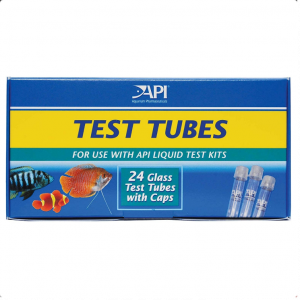 API Replacement Test Tubes for Aquarium Liquid Test Kits, 24 count
1 × د.إ114.00
API Replacement Test Tubes for Aquarium Liquid Test Kits, 24 count
1 × د.إ114.00 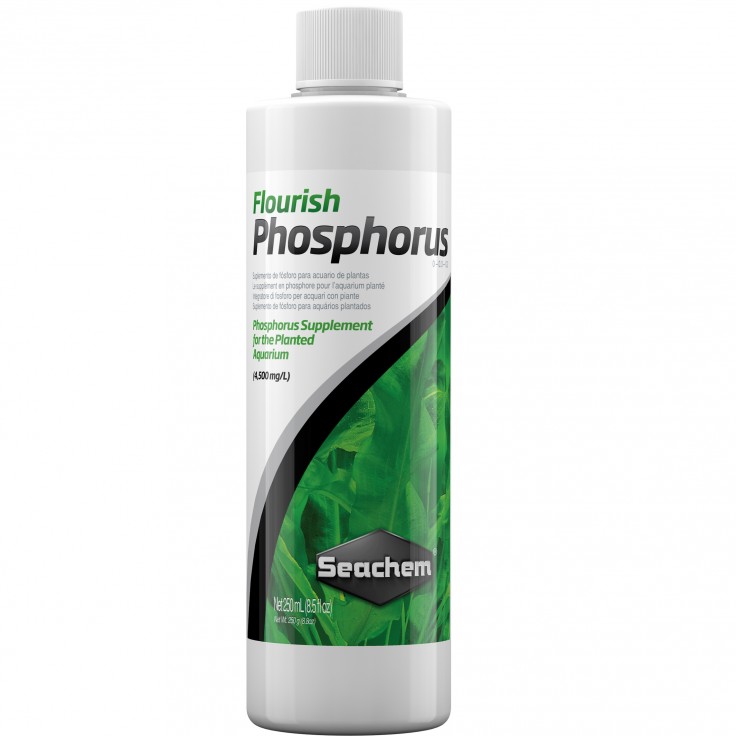 FLOURISH PHOSPHORUS 250ML
1 × د.إ39.00
FLOURISH PHOSPHORUS 250ML
1 × د.إ39.00 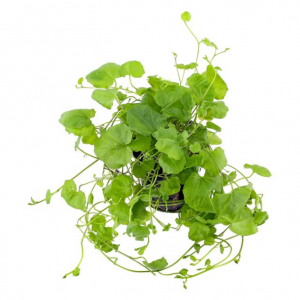 Aquascapeplants Cardamine lyrata
1 × د.إ21.25
Aquascapeplants Cardamine lyrata
1 × د.إ21.25  JUWEL RIO 240 LED-WHITE
1 × د.إ2,049.00
JUWEL RIO 240 LED-WHITE
1 × د.إ2,049.00 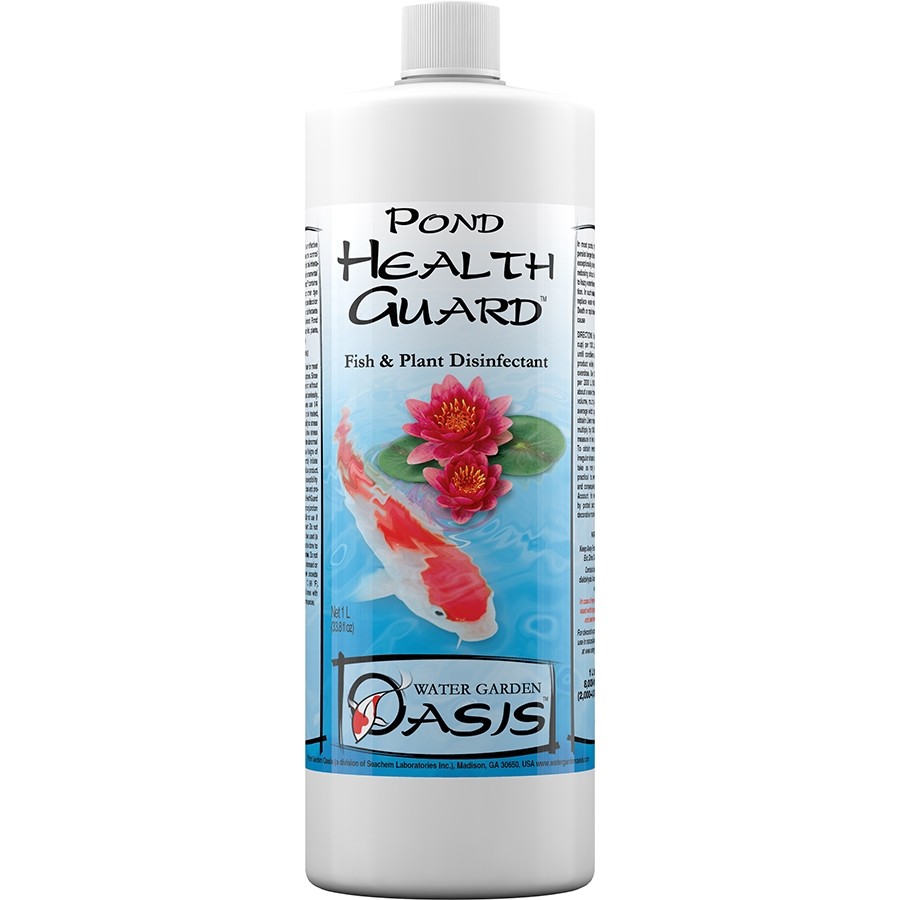 POND HEALTHGUARD 1 L
1 × د.إ135.00
POND HEALTHGUARD 1 L
1 × د.إ135.00 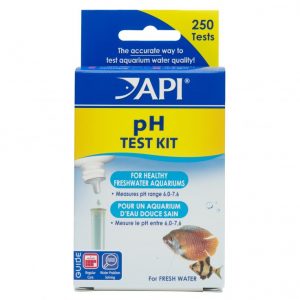 API pH Freshwater Aquarium Test Kit, 250 count
1 × د.إ35.00
API pH Freshwater Aquarium Test Kit, 250 count
1 × د.إ35.00 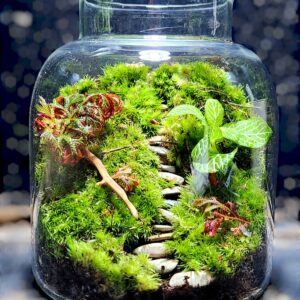 Zen senery Terrarium Jar
1 × د.إ149.00
Zen senery Terrarium Jar
1 × د.إ149.00 
